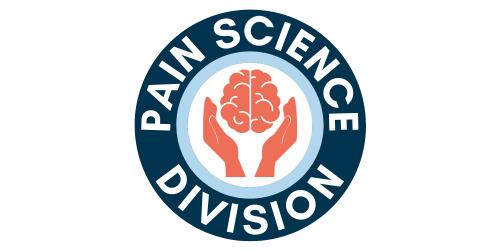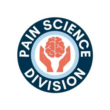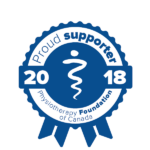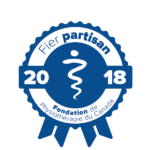PSD Virtual Hangout

PSD Virtual Hangout on the discussion of the Canadian Pain Task Force recommendations – October 13, 2021
Written by: Brandyn Powelske
On October 13th, 2021 the Pain Science Division held its annual members’ meeting followed by a virtual hangout to chat about the Canadian Pain Task Force’s (CPTF) final report with special guest Mike Sangster. It was an engaging discussion among PSD members focused on the five goals in the action plan for pain in Canada. To summarize, the six goals are 1) Pain is recognized as a public health priority and coordination of action across jurisdictions spurs collaboration, leadership, and support to ensure a consistent approach to pain throughout Canada, 2) People have equitable and consistent access to a continuum of timely, evidence-informed, and in person-centred pain care and support across jurisdiction, 3) People living with pain and health professionals have the knowledge, skills, and educational supports to appropriately assess and manage pain based on population needs; the broader community understands pain as a legitimate, biopsychosocial condition and stigma is reduced, 4) Pain research and related infrastructure enables discovery, catalyzed innovation, and results in the translation of knowledge into real-world impact, 5) Data enables effective monitoring of pain and facilitates improvement of health system quality, and 6) There is improved and equitable access to services for populations disproportionately impacted by pain.
One of the main themes from the discussion was the challenging aspects of advocating for Canadians with pain from the context of Physiotherapy when developing the CPTF reports. Mike Sangster reported that throughout the process of creating the CPTF final report, it became more apparent that Physiotherapists across Canada are capable of being active participants in the process and being leaders in achieving the goals described in the final CPTF report. The point was also made that once we remove the figurative hat of our specific healthcare professions and work together in an interdisciplinary manner on the particular needs and goals of individuals in pain, it makes the problem a little less complex. This led to the idea that an interdisciplinary pain mentorship program could help healthcare professionals achieve goals 2 and 3.
One of the other major themes from the virtual hangout conversation was equitable access to care (goal 2). Most multidisciplinary pain clinics are located in large urban areas but many Canadians live far from these locations. Geographical location is only one barrier, and many other significant barriers include socioeconomic status, to name a few. If you are a PT treating individuals with pain, which the majority of PT’s in Canada do, look at the population you are treating and reflect to see if any populations are underserved or missing. Based on that reflective process, make a strategy to help those individuals or communities in need and who do not have access to care in the current healthcare model in your area.
The PSD virtual hangout was a great evening with many good conversations from current members. Stay tuned to the eBulletin for our next virtual hangout, which will take place in the winter of 2022.



